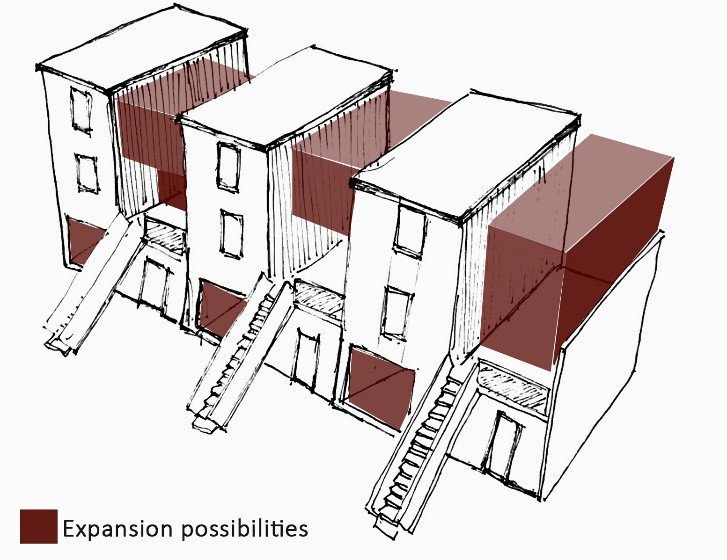Case Study: The Correlation Between Legos and Modular Architecture
In 2017 I replicated the Ithaca-based home designed by Simon Unger, the Cube House. I wanted to accurately reflect the build of the model, which, while beautiful, was also challenging finding the right model materials to replicate the CMU bricks used to build it. I considered not just the scale of Legos, which perfectly matched CMU bricks, but also the creativity that would allow for an easy build.
This led me to modular architecture. I was interested in how childhood play could manifest itself into the social and economic benefits for this trend and how it could improve the lives of those who wished to become homeowners but found it economically prohibitive.
Some of these ideas have gained traction recently, as with Chilean architect Alejandro Aravena, 2016’s Pritzker Prize winner, who has released a number of his residential designs as an open-source resource to help tackle the global affordable housing crisis. Aravena's firm, Elemental, has also posted drawings for four of its low-cost "incremental" housing projects on its website for free download.
I am currently prototyping designs using other toys from my youth like Lincoln Logs and K’Nex.







